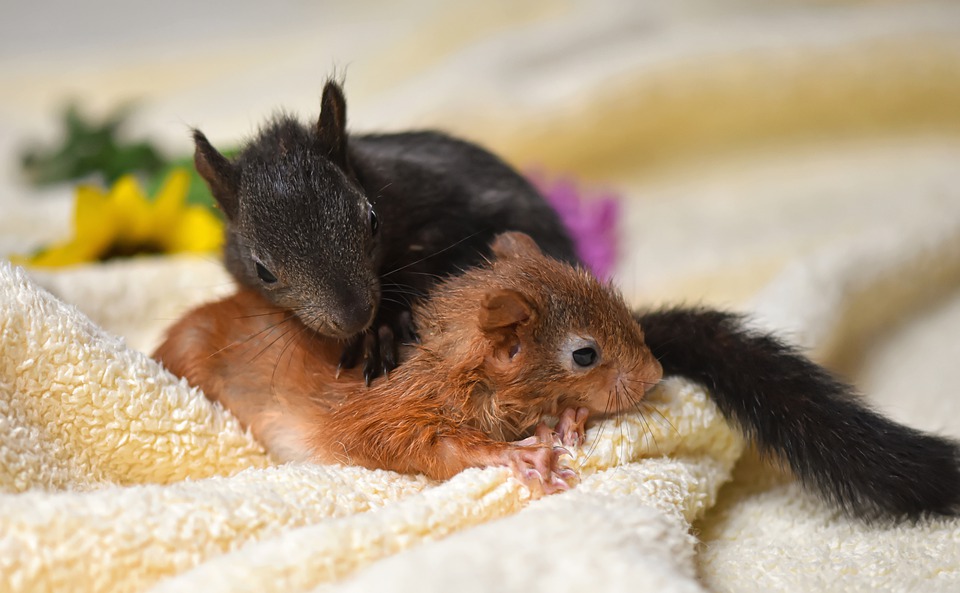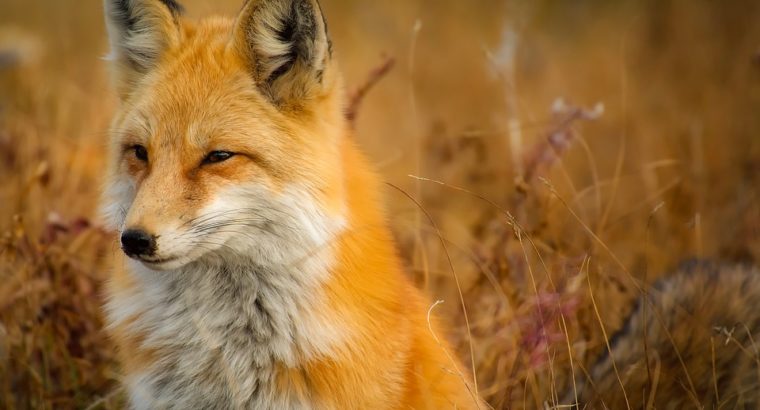An Introduction to Wildlife Rehabilitation and Why It’s Important
Have you heard of wildlife rehabilitation? It’s a profession that focuses on rehabilitating wild animals. When domesticated animals need medical attention, owners will typically take them to a veterinary clinic. Wild animals, however, may require human assistance as well. Wildlife rehabilitators seek to help wild animals. To learn more about this profession and why it’s important, keep reading.
What Do Wildlife Rehabilitators Do?
Wildlife rehabilitators are responsible for caring for sick, injured and orphaned animals in the wild. The animals are initially captured, after which they are brought back to a rehabilitation center. A wildlife rehabilitator will then treat and nurture the animals with the ultimate goal of releasing them back into the wild.
Wild animals can develop illnesses just like domesticated animals. Illnesses, in fact, are typically more common among wild animals. Wild animals can also sustain physical injuries, such as bone fractures. And when abandoned by their mothers, young wild animals will become orphans. Wildlife rehabilitators dedicate their time and labor to helping these wild animals. Whether a wild animal is sick, injured or orphaned, a wildlife rehabilitator will step up to the plate to care for them.
When caring for wild animals — particularly orphaned wild animals — wildlife rehabilitators will oftentimes provide vaccinations. Vaccination rates are lower among wild animals than domesticated animals. Without vaccination, they are susceptible to diseases. Wildlife rehabilitators can provide vaccinations to protect wild animals from common diseases.
Some of the most common types of wild animals treated by wildlife rehabilitators include the following:
- Foxes
- Raccoons
- Squirrels
- Eagles
- Pelicans
- Geese
- Deer
- Seals
Wildlife Rehabilitators vs Veterinarians
While they both care for animals, wildlife rehabilitators and veterinarians aren’t the same. Wildlife rehabilitation is a different profession. As previously mentioned, it focuses specifically on caring for wild animals. Veterinary medicine, on the other hand, encompasses medical care for all types of animals, including domesticated and wild animals.
With that said, many wildlife rehabilitators are, in fact, veterinarians. They’ve completed a Doctorate of Veterinary Medicine (DVM) program and have earned a license to practice veterinary medicine in their respective state. With a veterinary medicine license, they can perform surgeries and administer medicine to wild animals. Other wildlife rehabilitators don’t have a veterinary medicine license. They can still provide some medical services to wild animals, but they lack the expertise and training of their licensed counterparts.
Without a veterinary medicine license, wildlife rehabilitators may spend most of their time nursing orphaned wild animals. Research shows that about 50% of all orphaned wild animals nursed by wildlife rehabilitators are successfully released back into the wild. Orphaned wild animals may struggle to care for themselves. As a result, their risk of survival is minimal at best. Wildlife rehabilitators, though, can nurse orphaned wild animals.

Benefits of Working as a Wildlife Rehabilitator
Working as a wildlife rehabilitator offers several benefits. It allows you to make a positive difference in the lives of wild animals. Wild animals can’t care for themselves. When they become sick, injured or orphaned, they’ll need rehabilitation services.
You’ll probably have the opportunity to travel when working as a wildlife rehabilitator. Natural disasters, for instance, can create scenarios that require the onsite services of wildlife rehabilitators. Maybe a wildfire occurs, or perhaps there’s an oil spill. Regardless, natural disasters such as these will often attract wildlife rehabilitators. You may have to travel to the area in which the natural disaster occurred so that you can help the local population of wild animals.
You don’t have to work as a wildlife rehabilitator indefinitely. You can pursue other professions while working as a wildlife rehabilitator. Many wildlife rehabilitators work part time. And when they aren’t working, they study to become veterinarians, veterinary technicians or veterinary technologists. If you want to become a veterinarian or a paravetinary worker, you may want to first become a wildlife rehabilitator. Working as a wildlife rehabilitator will allow you to gain experience working with animals.
How to Become a Wildlife Rehabilitator
Wildlife rehabilitators are typically employed by states. Different states have their own Department of Natural Resources (DNR) or similar wildlife conservation organization. They are responsible for hiring and regulating wildlife rehabilitators. To become a wildlife rehabilitator, you’ll need to check with your state’s DNR.
Most states have a set of requirements to become a wildlife rehabilitator. You’ll typically need to pass an exam, for example. The exam will cover questions related to wildlife rehabilitation. Some states also require a minimum number of hours of hands-on volunteering. In other words, you’ll have to volunteer at a wildlife rehabilitation center to become a wildlife rehabilitator. Once you’ve met your state’s requirements, you can become a wildlife rehabilitator.
In Conclusion
Wildlife rehabilitators play an important role in the lives of wild animals. They dedicate their time and labor to helping wild animals. You can become a wildlife rehabilitator by checking with your state’s DNR.

